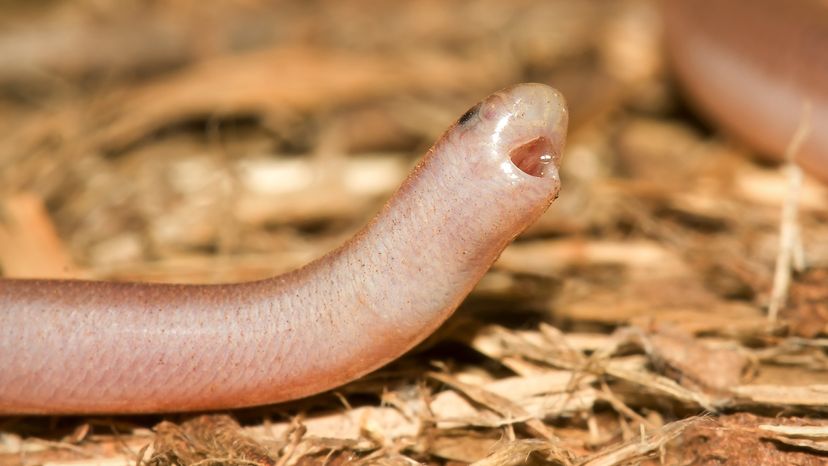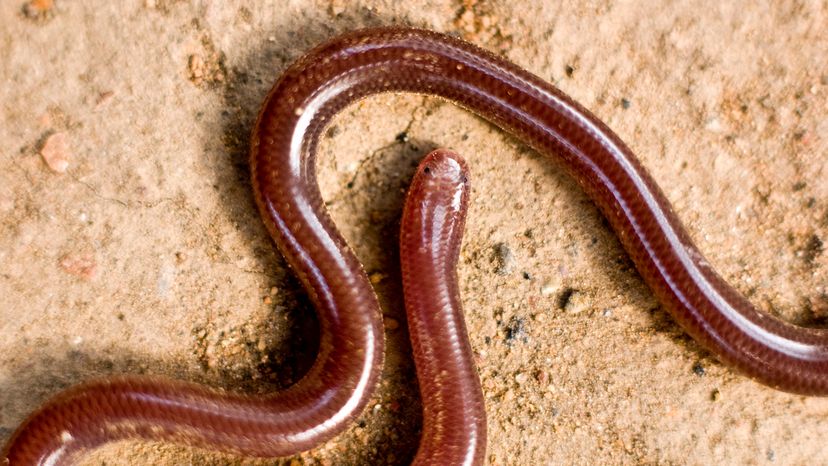
Today, we’re going to explore one of the smallest, most secretive snakes on the planet: the blind snake.These tiny snakes live underground or under leaf litter, and they've evolved to thrive in some pretty unique environments.
Blind snakes are often confused with worms because of their size and appearance. But make no mistake; these are real snakes. Most of them are harmless, and many of them are known for their ability to thrive in urban and agricultural areas.
Advertisement
Let’s slither through a list of some of the more prominent blind snake species!
